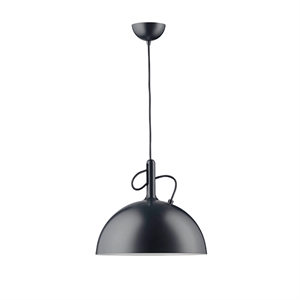from the DeepMind of Josh Plough
26.
We can reduce radical to a label, a well designed label, but a label nonetheless. Tacked onto applications and exhibition readers to tickle the viewers latent want for deviancy in our highly mediated and structured lives. The question we need to ask is, who gains from labelling a project as radical? Because I doubt practitioners willing do so……it seems like something foistered.
Are we all in this together? Am I the centre of something here? Is something brilliant happening?
The rumblings that brought it into being are justified. We do need to think radically, but without doing what we do best: reducing criticality to a case of ergonomics. Slipping it into a neat form instead of bringing the process of unmaking and remaking of one’s worldview to the politics of one’s practice. Bringing it into our practice means preparing the host first, otherwise there’s a strong likelihood of rejection. Maybe this is the radical act? Looking inwards instead of outwards. Maybe we can split design in two? One half creatively dismantles and rebuilds the discipline, while the other uses these new and unsteady supports to push out into the world.
And for the word itself: how about something quieter, something that doesn’t sound so sharp and almost violent? Implying such a swift act as radical change only leaves a vacuum for all sorts of things to slurp in. Maybe a quieter word than radical is appropriate. A softer one that can help describe this shift in practice without becoming a sexy label. A quick synonym search and we land on Basic. Basic Design. This is a term that welcomes all, while implying that these structural shifts should be basic theory and praxis for a discipline functioning in the now and the future.

from the DeepMind of Josh Plough
Bring me back to the Collective DeepMind
26.
We can reduce radical to a label, a well designed label, but a label nonetheless. Tacked onto applications and exhibition readers to tickle the viewers latent want for deviancy in our highly mediated and structured lives. The question we need to ask is, who gains from labelling a project as radical? Because I doubt practitioners willing do so……it seems like something foistered.
Are we all in this together? Am I the centre of something here? Is something brilliant happening?
The rumblings that brought it into being are justified. We do need to think radically, but without doing what we do best: reducing criticality to a case of ergonomics. Slipping it into a neat form instead of bringing the process of unmaking and remaking of one’s worldview to the politics of one’s practice. Bringing it into our practice means preparing the host first, otherwise there’s a strong likelihood of rejection. Maybe this is the radical act? Looking inwards instead of outwards. Maybe we can split design in two? One half creatively dismantles and rebuilds the discipline, while the other uses these new and unsteady supports to push out into the world.
And for the word itself: how about something quieter, something that doesn’t sound so sharp and almost violent? Implying such a swift act as radical change only leaves a vacuum for all sorts of things to slurp in. Maybe a quieter word than radical is appropriate. A softer one that can help describe this shift in practice without becoming a sexy label. A quick synonym search and we land on Basic. Basic Design. This is a term that welcomes all, while implying that these structural shifts should be basic theory and praxis for a discipline functioning in the now and the future.